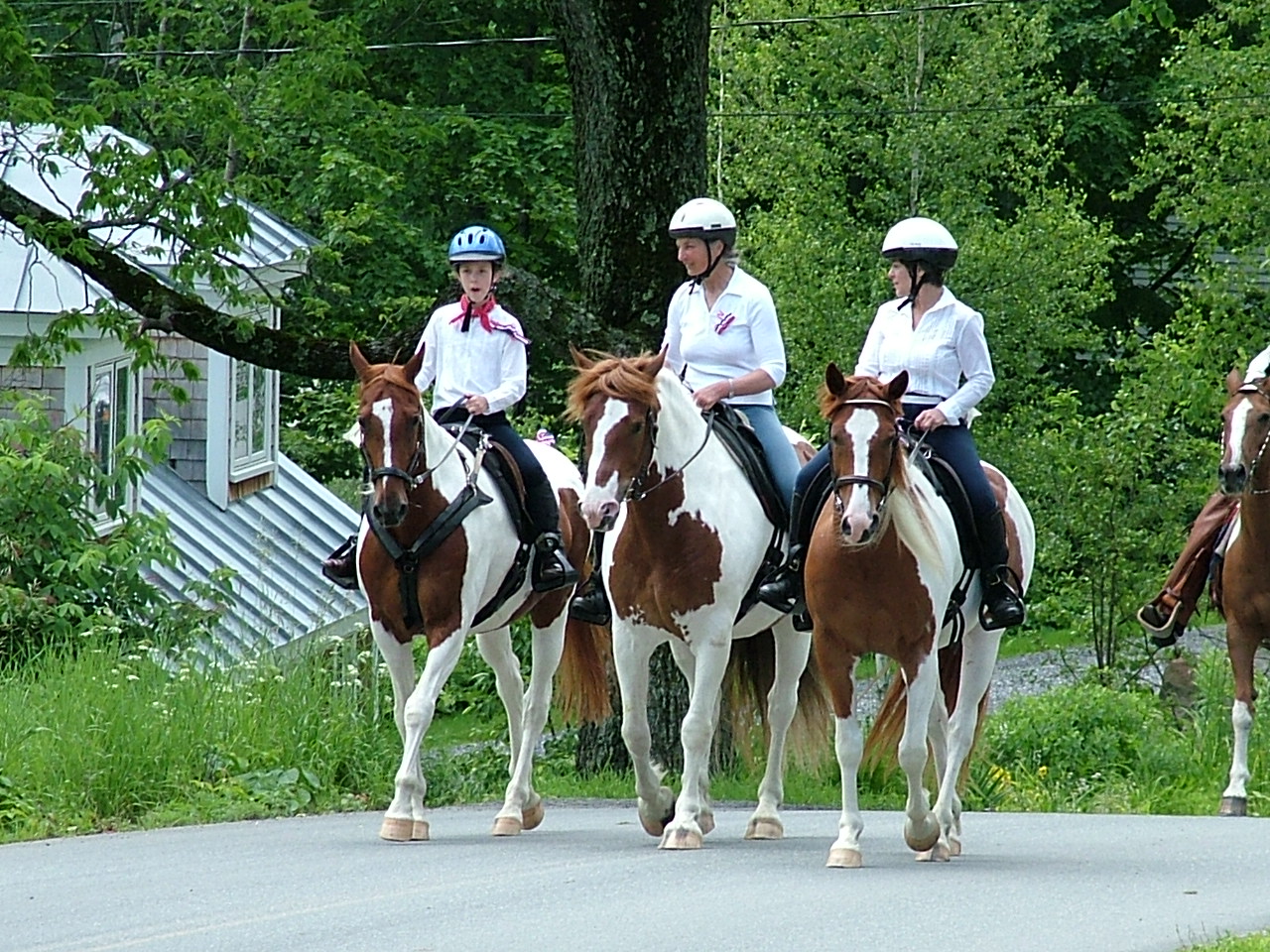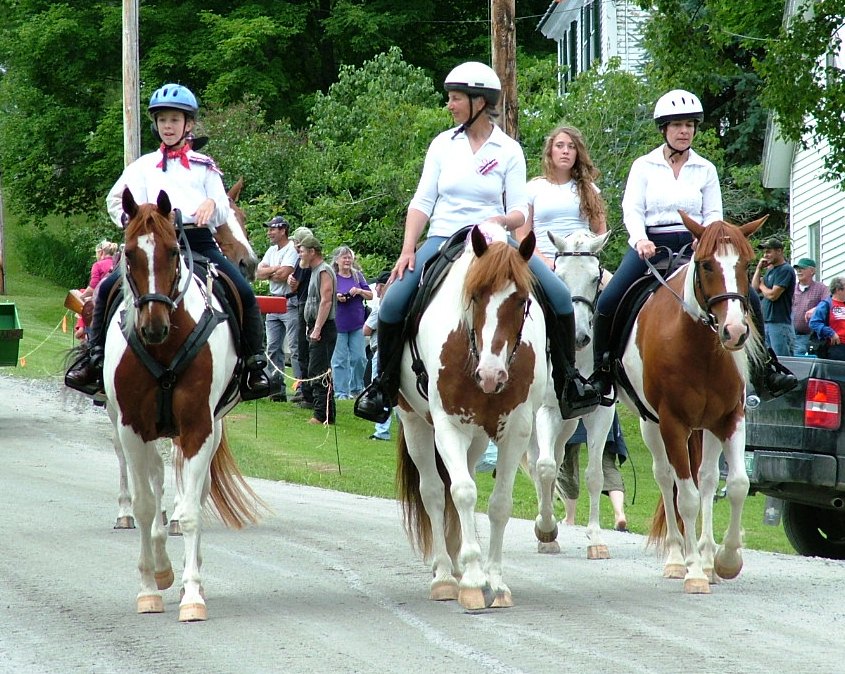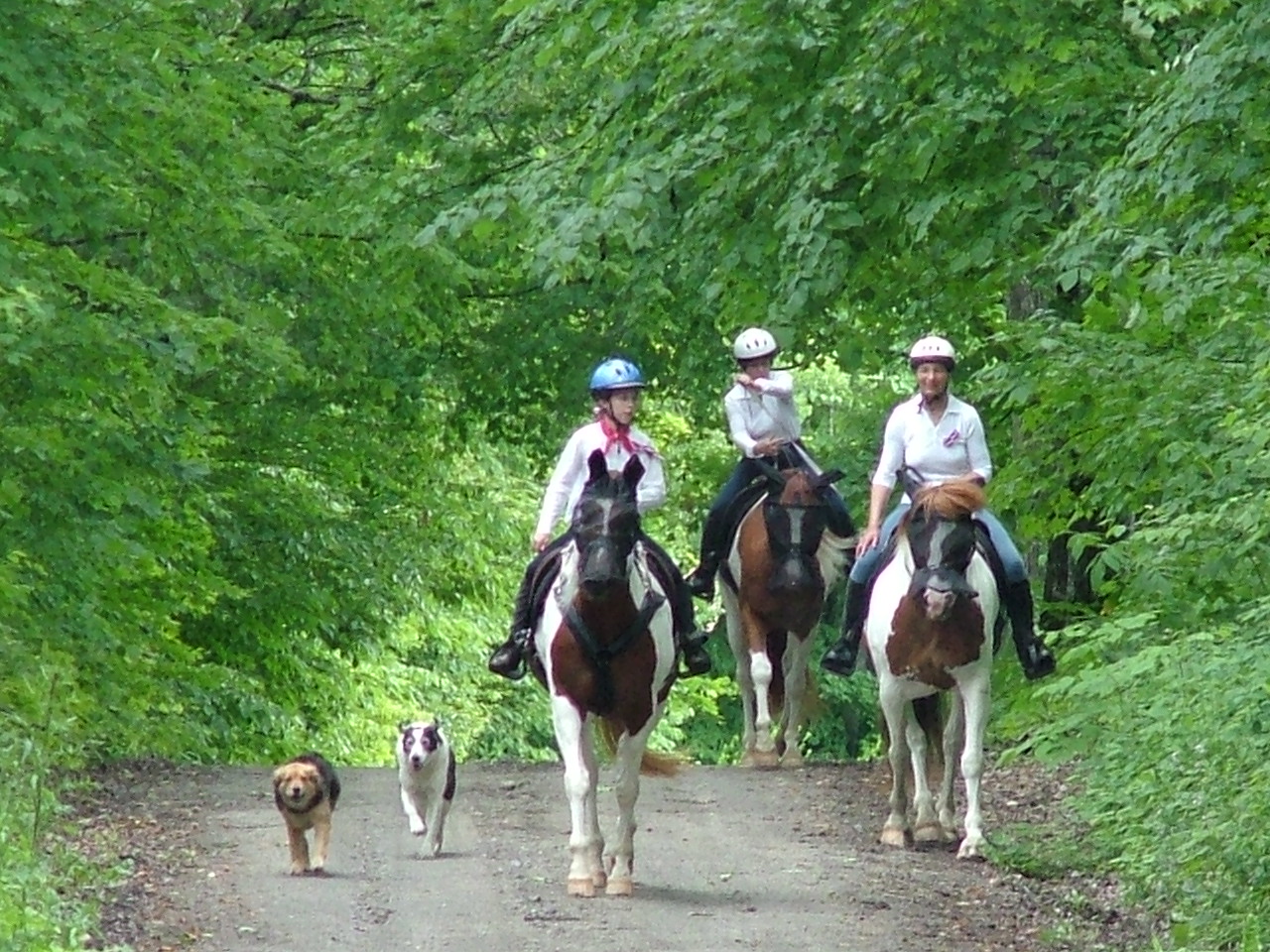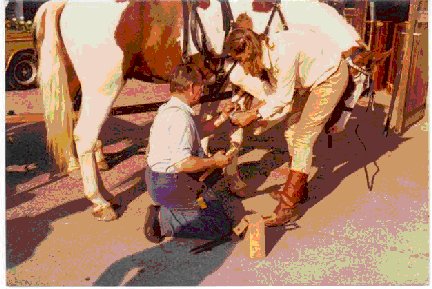

Simply beautiful.


Simply beautiful.


Simply beautiful.






In order to understand the enormous importance of healthy and fully functioning hooves, one has to understand basic anatomy and the different tasks different parts of a hoof have to fulfill.
This is a most comprehensive subject and can fill books, but I will try to present a brief yet fairly comprehensive overview in the hoof pages of this site.
There also exist many excellent web sites on this subject and I will mention a number of them throughout this site, as well as a summary under hoof links. My mentioning them does however not necessarily endorse all of the presented information. But I believe that we all have to find our own truth, and the best way to do this is to learn from many different people.
Here just a bit about my life long experience with hooves:
I do not consider myself a hoof care professional as I do not care for hooves for a living, but I do feel that my expertise is at least equal to what one would expect from a professional. I have been owning and training horses for close to 50 years, and for at least the last 40 years have been very closely interested in hoof care. Already at the age of 10 I would hold up hooves for the farrier (this is how it is done in Germany), and as I was strong and fearless, many horse owners asked me to do that in their stead.

So I learned a lot by watching and listening. Consequently, I used to replace shoes on my horses, shape new ones, help other owners with lost shoes, and trimmed my barefoot horses on a regular basis. In hind sight, I really did not know what I was doing, up until about the year 1999, when I plunged head over heel into the barefoot movement, but even back then I managed to get a good looking and functional hoof established. Low heels and short toes were imprinted on me by the exposure I had. My official training since then include Dr. Strasser's extensive hoof course, ( I do not endorse her trimming techniques, look also under Things Not to Do) and attendance of many hoof clinics by many different practitioners, many cadaver dissections, lots of trimming myself and continuous learning via the internet.
The one advantage I have over a professional hoof care provider is that I live with my horses on a daily basis, observe them and deeply care about their well being. As I train them in basic dressage, I have developed a very good understanding of soundness and quality of movement. What ever changes occur to the hooves affects the entire horse, and I learned to recognize the smallest and seemingly unimportant happenings.
Not to say that I have all the answers, as the more I learn about hooves, which is really daily, the more I realize I don’t know yet.
But there are some very basic guidelines to a healthy and functioning hoof, and as long as those parameters are met, the horse stands at least a 90% chance of being comfortable and able to perform well barefoot. The last 10% or so may not matter at all to a horse with a normal conformation and naturally good feet, but for horses not so fortunate these 10% can mean all the difference. These I will address later under Problem Hooves.